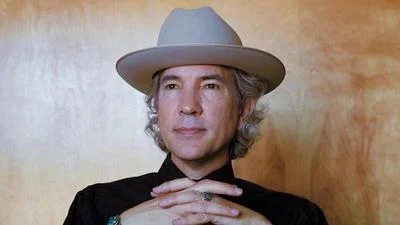A team of researchers, including Dr. Anthony Fiorillo, Executive Director of the New Mexico Museum of Natural History & Science, has identified jawbones belonging to an ostrich-like dinosaur species in Montana. The findings were published earlier this month in the Journal of Vertebrate Paleontology.
The discovery adds new information about the distribution of theropod dinosaurs in North America and may help explain how these animals spread across the continent, potentially reaching areas that are now part of New Mexico. Dr. Fiorillo co-authored the study with Tsogtbaatar Chinzorig, Ryuji Takasaki, Kentaro Chiba, Yoshitsugu Kobayashi, Mototaka Saneyoshi, and Shinobu Ishigaki.
“Discoveries like this not only help us understand how these dinosaurs lived and dispersed across what’s now North America, but they also remind us how much we still have to learn about these ancient animals,” said Dr. Fiorillo. “Even in some of the most well-studied rocks in North America, there are still new discoveries to be made.”
The paper describes jawbones from a possible deinocheirid ornithomimosaur found in Montana’s Judith River Formation—a rock unit known for its extensive paleontological history since the mid-19th century. The left and right jawbones each measure just under seven inches long; based on their size, researchers estimate that the dinosaur's skull would have been nearly a foot long. Although fragmentary and not enough to confirm a new species designation at this time, the bones show unique features that could lead to further classification as more evidence is discovered.
Ornithomimosaurs are documented from Upper Cretaceous deposits across Asia and North America—from Mongolia’s Gobi Desert through northern China to present-day Mexico—but large-bodied deinocheirids remain rare finds on this continent. These new fossils expand knowledge about their range and suggest there may be undiscovered specimens elsewhere—including possibly in New Mexico itself.
Dr. Fiorillo commented on future prospects: there may indeed be fossils of deinocheirids in New Mexico yet to be uncovered.
The New Mexico Museum of Natural History & Science is part of the Department of Cultural Affairs and serves as a repository for fossils from across the Southwest region. The museum supports research and public education through exhibits and programs focused on geoscience fields such as paleontology and mineralogy. It is currently closed for renovations.









